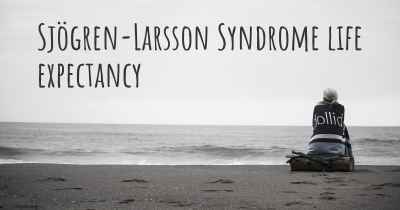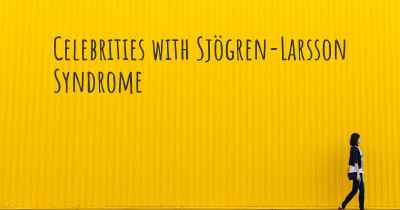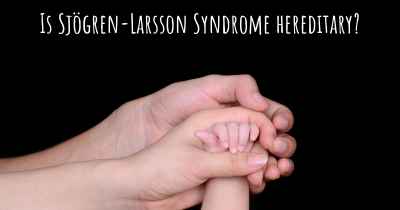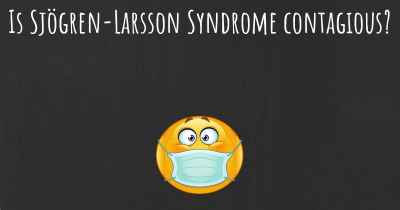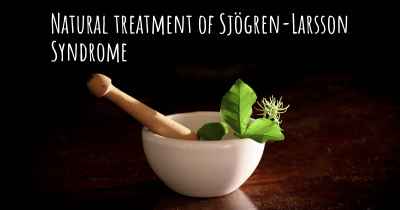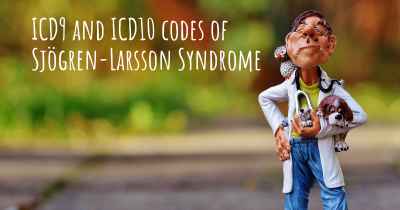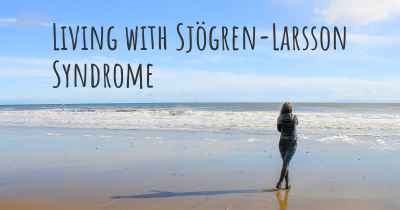What is the history of Sjögren-Larsson Syndrome?
When was Sjögren-Larsson Syndrome discovered? What is the story of this discovery? Was it coincidence or not?
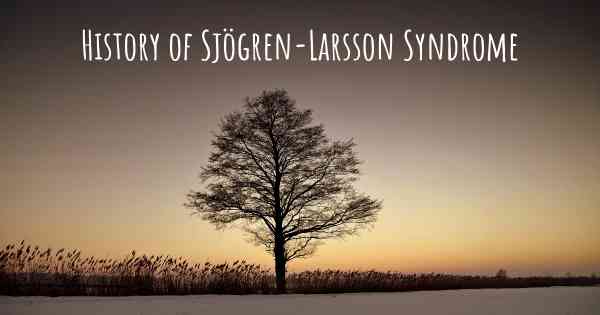
Sjögren-Larsson Syndrome (SLS) is a rare genetic disorder that was first described by Swedish dermatologists Torsten Sjögren and Tage Larsson in 1957. The syndrome is characterized by a triad of symptoms including ichthyosis, spasticity, and intellectual disability. Let's delve into the history of this syndrome and the key milestones in its understanding and management.
In the mid-20th century, Sjögren and Larsson encountered a group of patients with a distinct clinical presentation. They observed that these individuals had dry, scaly skin (ichthyosis), difficulty with movement due to muscle stiffness (spasticity), and varying degrees of cognitive impairment (intellectual disability). The dermatologists recognized the unique combination of symptoms and named the condition Sjögren-Larsson Syndrome in honor of their contributions.
Over the following decades, researchers began to investigate the underlying cause of SLS. In the 1980s, genetic studies provided crucial insights into the syndrome. It was discovered that SLS is an autosomal recessive disorder, meaning that an affected individual inherits two copies of the mutated gene, one from each parent.
The responsible gene for Sjögren-Larsson Syndrome was identified in 1994 by researchers at the Karolinska Institute in Sweden. They found that mutations in the ALDH3A2 gene were responsible for the syndrome. This gene encodes an enzyme called fatty aldehyde dehydrogenase, which is involved in the breakdown of fatty acids.
Further studies revealed that the deficiency of fatty aldehyde dehydrogenase leads to the accumulation of fatty aldehydes in the body. These abnormal metabolites are believed to disrupt the normal functioning of the skin, nervous system, and other organs, resulting in the characteristic symptoms of SLS.
As the understanding of Sjögren-Larsson Syndrome grew, efforts were made to improve its diagnosis and management. Dermatologists and geneticists collaborated to develop diagnostic criteria based on clinical features and genetic testing. This allowed for more accurate and timely identification of affected individuals.
Treatment options for Sjögren-Larsson Syndrome have primarily focused on managing the symptoms and improving quality of life. Multidisciplinary care involving dermatologists, neurologists, and rehabilitation specialists has proven beneficial in addressing the various aspects of the syndrome.
For the skin manifestations, emollients and moisturizers are commonly used to alleviate dryness and scaling. Physical and occupational therapies are employed to manage spasticity and improve mobility. Speech and language therapy, along with educational interventions, are provided to individuals with intellectual disability to enhance their communication and learning abilities.
Research into potential therapies for SLS is ongoing. Experimental approaches such as gene therapy and enzyme replacement therapy hold promise for the future. These strategies aim to correct the underlying genetic defect or supplement the deficient enzyme, respectively.
Despite the challenges posed by Sjögren-Larsson Syndrome, advancements in medical understanding and supportive care have significantly improved the lives of affected individuals. Support groups and advocacy organizations have also emerged to provide resources, information, and a sense of community for patients and their families.
In conclusion, Sjögren-Larsson Syndrome is a rare genetic disorder characterized by ichthyosis, spasticity, and intellectual disability. It was first described by Swedish dermatologists Sjögren and Larsson in 1957. The responsible gene, ALDH3A2, was identified in 1994. Diagnosis is based on clinical features and genetic testing. Treatment primarily focuses on symptom management and supportive care. Ongoing research offers hope for future therapeutic interventions. Despite the challenges, advancements in understanding and care have improved the lives of individuals with SLS.
